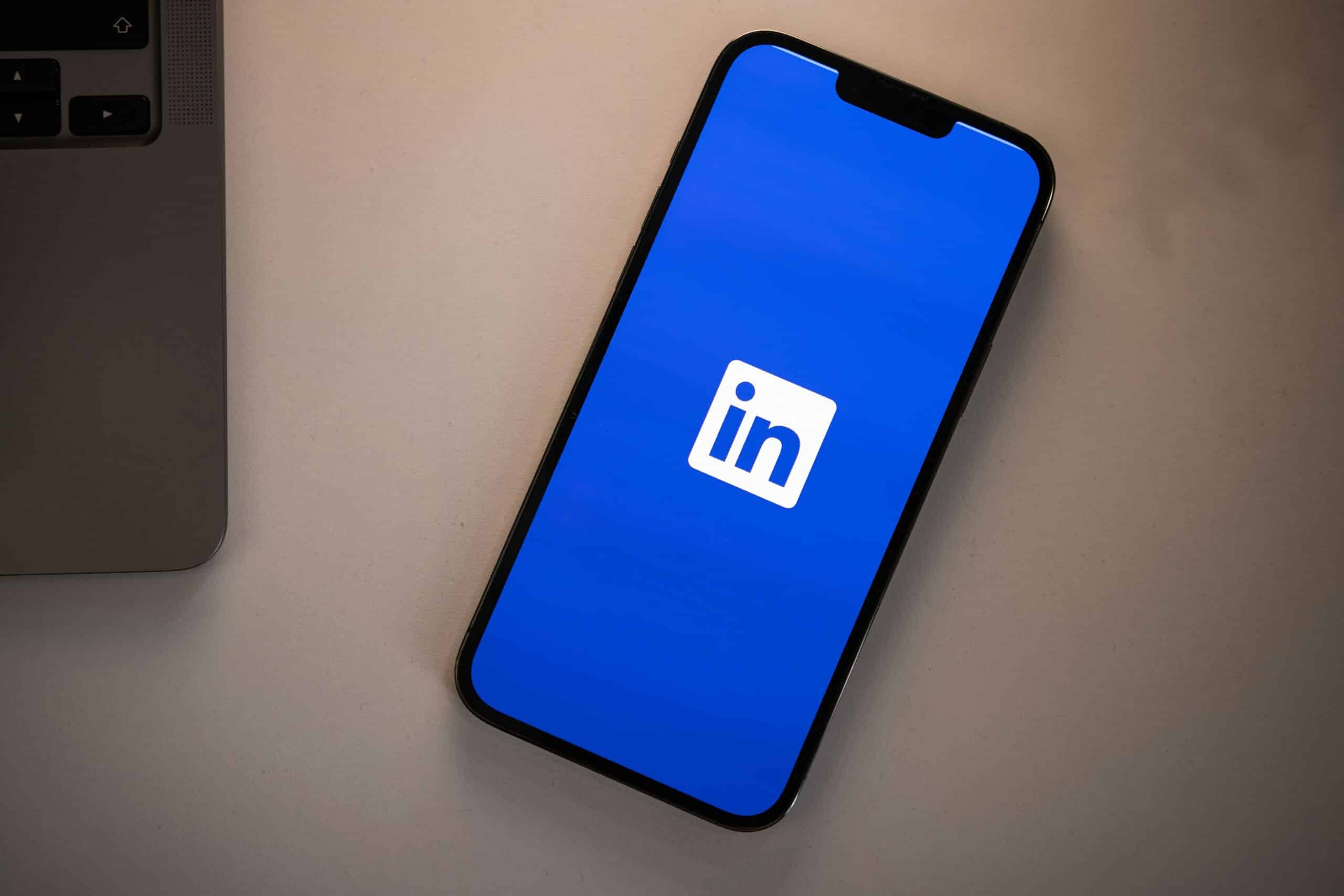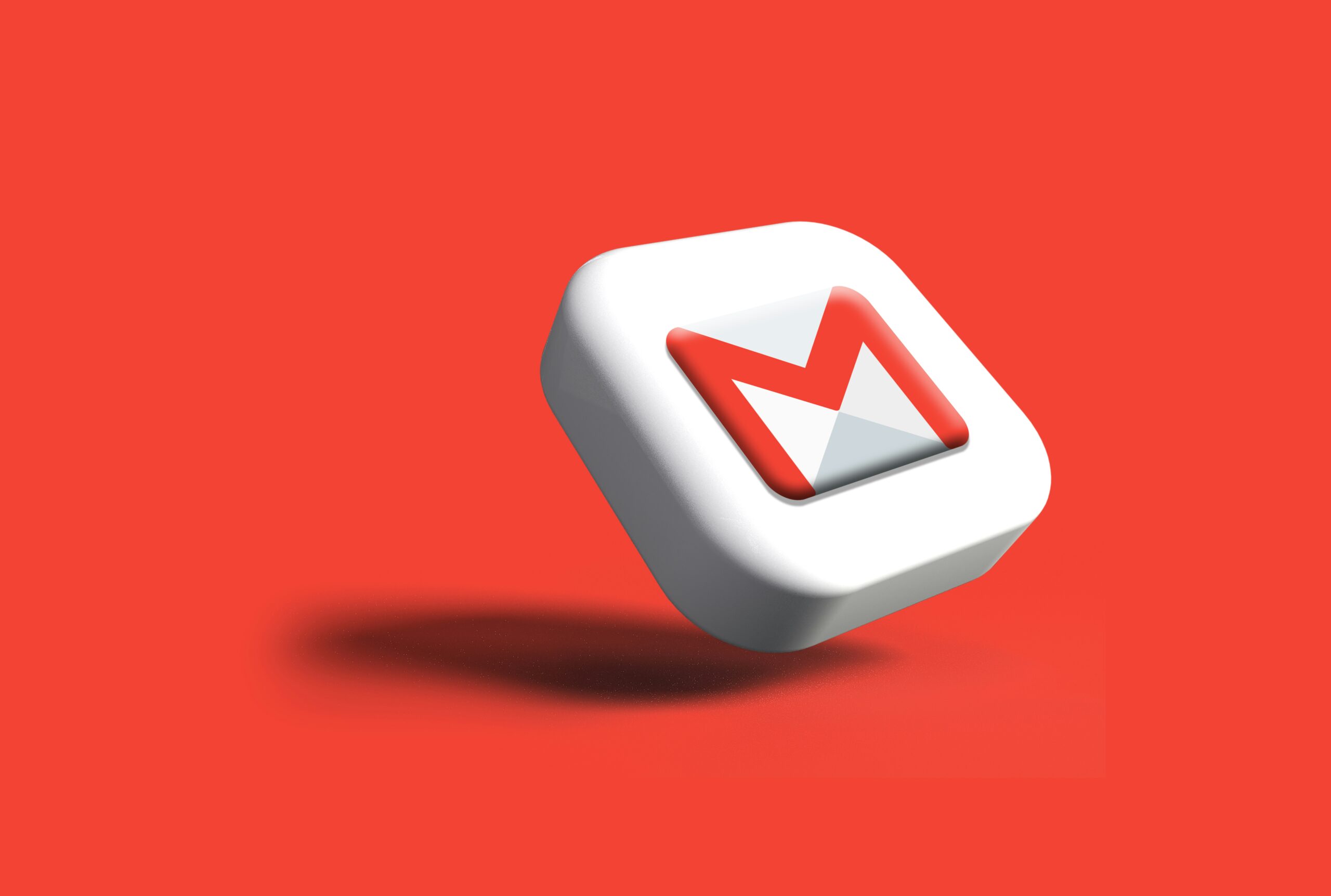The B2B buying process definition is simple: it’s the structured decision-making journey businesses go through before purchasing a product or service from another business. Unlike B2C, where a single person may decide quickly, the business to business buying process involves multiple stakeholders, longer evaluation cycles, and higher financial stakes.
This makes aligning a digital strategy for the B2B buying process essential for winning in 2025.
Table of Contents
ToggleWhat is the B2B Buying Process? (Definition & Stages)
B2B buying process definition: It’s the structured journey organizations follow when making a business purchase — from recognizing a need, to researching, evaluating, negotiating, and eventually making a final decision.
The 8 Steps of the B2B Buying Process

Step 1 – Recognizing the Problem
In the B2B buying decision process, it all begins when a company identifies a pain point. For example, a manufacturing firm facing production delays due to outdated equipment.
Digital Strategy Tip: Create SEO blogs, LinkedIn thought leadership posts, and industry insights to subtly position your brand early in the online B2B buying process.
Step 2 – Defining Requirements
Decision-makers begin searching online to compare providers.
Once the problem is clear, the buying team defines exactly what they need:
- 1. Features
- 2. Technical compliance
- 3. Budget
- 4. Timelines
Digital strategy tip: Whitepapers and product comparison guides help position your business as the most relevant solution.
Step 3 – Researching Solutions
Decision-makers begin searching online to compare providers.
Today, this step is overwhelmingly digital. Below are the usual buyers behaviour:
- 1. Search Google
- 2. Compare vendors on LinkedIn
- 3. Attend webinars
- 4. Watch demos
Step 4 – Requesting Proposals
Companies issue (Request for proposal) RFPs to shortlisted vendors.
Example: A pharma company asks three vendors for packaging machine proposals. A generic brochure won’t stand out—but a tailored response showing B2B buying process examples (“XYZ Pharma reduced downtime by 20% using our solution”) will.
Step 5 – Evaluating & Shortlisting Vendors
Buyers analyze proposals, case studies, demos, and reviews.
Buyers compare based on:
- 1. Price
- 2. Functionality
- 3. ROI
- 4. Industry experience
Why it matters: Content personalization proves you understand the buyer’s industry, making your brand more trustworthy during the B2B purchase decision process.
Step 6 – Negotiating Terms
At this stage, pricing, delivery, and contract terms dominate discussions. Below are usually the negotiating terms
- 1. Pricing,
- 2. Delivery timelines
- 3. Payment conditions
- 4. Transparency builds trust
Transparent communication across email, proposals, and product pages fosters trust.
Step 7 – Purchase Decision
The final decision often hinges on confidence and ROI proof.
Providing free demos, trials, and ROI calculators help shorten decision cycles in the business to business buying process.
Step 8 – Post-Purchase Evaluation
The B2B buying decision process doesn’t end at purchase. Post-sale activities like training and onboarding are critical.
Digital strategy tip: Post-sale training, customer success programs, and feedback loops enhance loyalty and future sales.
The B2B Buyer Journey Stages – From Awareness to Advocacy
The B2B buyer journey stages align with the 8 steps but can also be grouped into four main phases:
- 1. Awareness Stage: Prospects realize a problem. Content marketing (blogs, infographics, webinars) positions your brand as an expert.
- 2. Consideration Stage: Buyers research solutions. Comparison guides and solution explainers showcase your authority.
- 3. Decision Stage: High-intent prospects evaluate vendors. Case studies and demos influence final choice.
- 4. Post-Purchase Stage: Loyal clients are nurtured with newsletters, training, and upsell campaigns.
This approach ensures every touchpoint in the B2B customer journey builds trust and accelerates decision-making.
Common Challenges in the B2B Purchase Process
The B2B purchase challenges decision-makers face include:
- 1. Multiple stakeholders with different priorities.
- 2. Long decision cycles that stretch over months.
- 3. Information overload from competing vendors.
- 4. Pricing and ROI transparency issues.
How to Improve the B2B Buying Process with Digital Strategy?
Here’s how companies can align digital marketing with the B2B buying process steps:
1. Data-Driven Buyer Persona Development
– Analyze buyer behavior to map pain points and decision triggers.
2. Multi-Channel Engagement
– Use LinkedIn, targeted Google Ads, email automation, and remarketing for consistent visibility.
3. Content Mapping to Buyer Stages
– Blogs for awareness
– EBooks for consideration
– Case studies and demos for decision
4. Sales-Marketing Alignment
– Integrate lead scoring and workflows for smooth handoff.
5. Post-Purchase Nurturing
– Leverage surveys, customer success stories, and upsell campaigns to retain clients.
This is the roadmap for solving B2B purchase challenges and optimizing the business to business buying process marketing strategy.
Real-Life B2B Buying Process Examples
1. HubSpot – During the B2B purchase decision process, HubSpot offers prospects a free ROI calculator and personalized demo. This transparency helps shorten buying timelines and build trust, especially for mid-market companies considering CRM adoption.
2. Salesforce – They combine traditional events (Dreamforce conferences) with digital retargeting ads and email nurturing. This integrated approach keeps leads engaged for months, resulting in higher deal closure rates.
3. Siemens – In manufacturing, Siemens uses interactive digital catalogs alongside trade shows. Buyers can scan QR codes at events and immediately access technical specifications online—streamlining both the evaluation and post-purchase stages.
4. Slack (before acquisition by Salesforce) – Slack scaled B2B adoption by offering a freemium model (digital touchpoint) combined with enterprise-level account reps for final negotiations. This hybrid strategy accelerated decision-making for large organizations.
5. IBM – IBM supports global buyers with a Customer Success Hub where clients access case studies, product documentation, and AI-driven recommendations. This strengthens the post-purchase experience, ensuring renewals and upsells.
Conclusion – The Future of the B2B Buying Process is Digital
In 2025, success depends on understanding and adapting to the B2B buyer journey stages. Businesses that combine digital-first strategies with personalization will close deals faster and build long-term loyalty. At Digitally Bugged, we help B2B brands decode the buying process. Ready to turn your B2B buying process into a growth engine? Contact us now and let’s make it happen.
Frequently Asked Questions (FAQs)
What is the B2B buyer journey?









